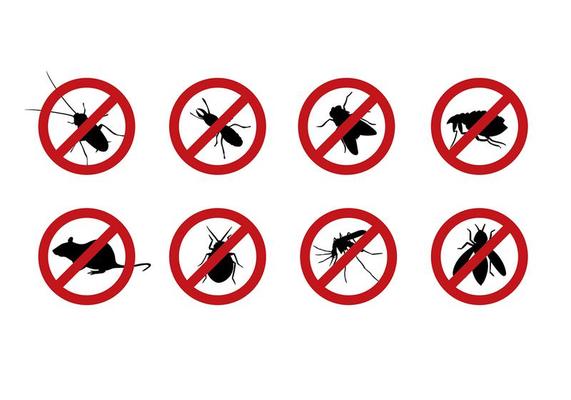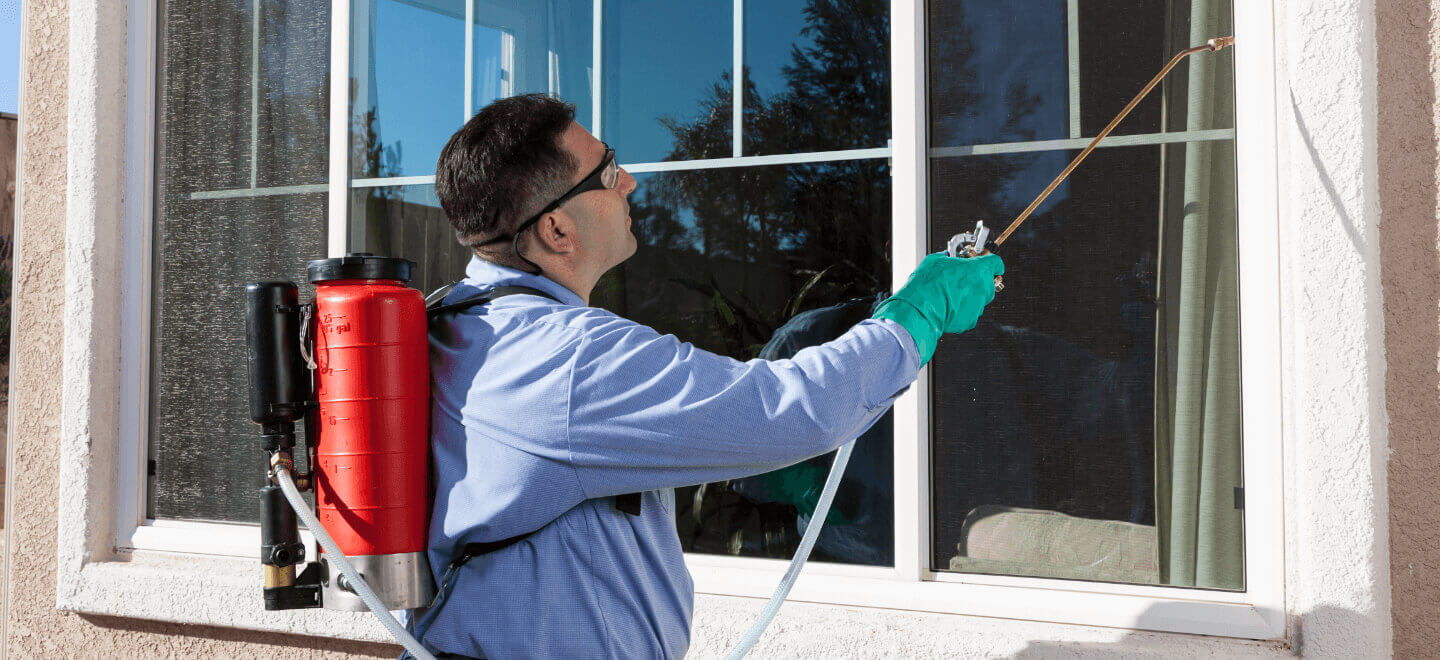Dependable A1 Bed Bug Exterminator Charlotte - Eliminate Bed Bugs Quick
Dependable A1 Bed Bug Exterminator Charlotte - Eliminate Bed Bugs Quick
Blog Article
Bed Insect Therapy Malfunction: Comparing Chemical Vs. Non-Chemical Solutions
In the realm of bug control, particularly when dealing with the relentless issue of bed pests, the selection between chemical and non-chemical therapy remedies can be a pivotal one. Both techniques offer distinct advantages and disadvantages, influencing aspects such as performance, safety and security considerations, and overall expense. By examining the nuanced information of each technique, a clearer understanding of which path to go after in addressing a bed pest invasion can be attained.
Effectiveness of Chemical Therapies
Chemical treatments for bed pest problems have been commonly acknowledged for their powerful and quick effectiveness in eliminating these insects. When thinking about the effectiveness of chemical treatments, it is crucial to comprehend that they can supply a detailed and quick remedy to a bed pest problem. Expert exterminators frequently depend on insecticides to target bed pests at numerous phases of their life process, including adults, fairies, and eggs. These chemicals generally work by disrupting the bed pests' nerves, bring about paralysis and eventual fatality.
Additionally, chemical therapies have the advantage of providing residual impacts, suggesting that they can remain to get rid of bed pests also after the initial application. This residual action is especially advantageous in combating any type of prospective re-infestations. Additionally, the fast activity of chemical treatments can bring relief to people facing serious bed pest problems, enabling them to gain back control of their living spaces swiftly.
Security Worry About Chemical Solutions
One crucial aspect that requires careful consideration when utilizing chemical options for bed pest therapy is ensuring the safety of occupants and the environment. Direct exposure to certain chemicals utilized in bed insect treatments can lead to respiratory concerns, skin inflammation, or various other negative responses, especially in people with pre-existing problems or sensitivities.
In addition, the environmental influence of chemical services is an additional considerable factor to consider. Some pesticides used in bed insect therapies might be dangerous to advantageous pests, wild animals, and ecological communities if they leach into the dirt or water supply. It is important to use chemical therapies carefully, following safety standards, and thinking about less poisonous options to alleviate these dangers and guarantee the reliable and risk-free monitoring of bed insect infestations.
Benefits of Non-Chemical Approaches
Taking into consideration the prospective safety issues and environmental impact associated with chemical remedies for bed bug therapy, discovering non-chemical strategies presents a promising option with numerous unique advantages. Non-chemical therapies are environmentally friendly, as they do not contribute to air or water pollution, making them a sustainable option for bug control.
Additionally, non-chemical options can be reliable in targeting bed pests, consisting of hard-to-reach areas where chemical treatments might not penetrate - A1 exterminator charlotte nc. Approaches such as warmth therapy, vacuuming, vapor cleaning, and bed mattress coverings give thorough elimination without the use of dangerous chemicals.
Limitations of Non-Chemical Treatments

In pest control professional addition, non-chemical treatments typically need numerous applications to accomplish effective elimination. This can be lengthy and may not always guarantee full elimination of all bed insects and their eggs, especially in concealed or hard-to-reach areas.
Furthermore, the success of non-chemical treatments heavily counts on proper application and thoroughness, which can be testing for individuals without expert expertise. Insufficient application of non-chemical approaches might result in incomplete elimination, leading to consistent invasions and the demand for added treatments.
As a result, while non-chemical treatments have their benefits, it is necessary to recognize these limitations and consider them when identifying one of the most effective approach for managing bed insect invasions.
Expense Contrast: Chemical Vs. Non-Chemical Options
Offered the constraints connected with non-chemical therapies, a necessary element to assess in the context of bed bug management is the cost contrast in between chemical and non-chemical choices. Chemical treatments commonly involve the application of pesticides by specialists, which can vary from $250 to $900 per space, depending upon the seriousness of the infestation and the size of the location to be treated. On the other hand, non-chemical treatments like heat therapy or heavy steam can be a lot more costly, with costs ranging from $1,000 to $6,000 for an entire home. While the preliminary price of chemical therapies might seem reduced, multiple therapies may be called for to fumigation totally eliminate the infestation, possibly raising the overall price. On the other hand, non-chemical choices might give a more lasting and environment-friendly solution, although they can be cost-prohibitive for some individuals. Inevitably, when thinking about the expense of bed bug treatment options, it is necessary to evaluate the upfront costs versus the performance and long-term sustainability of the picked technique.
Final Thought

Considering the potential safety and security problems and environmental why not try this out influence connected with chemical remedies for bed insect treatment, checking out non-chemical techniques provides an appealing option with a number of distinctive benefits.Provided the constraints associated with non-chemical therapies, a necessary facet to evaluate in the context of bed bug management is the expense comparison between chemical and non-chemical choices. In comparison, non-chemical therapies like warmth treatment or heavy steam can be extra expensive, with expenses varying from $1,000 to $6,000 for an entire home. While the first expense of chemical treatments may seem lower, several therapies may be needed to totally get rid of the problem, possibly enhancing the overall cost.In final thought, when contrasting chemical and non-chemical bed pest treatment options, it is necessary to take into consideration performance, security, advantages, restrictions, and price.
Report this page